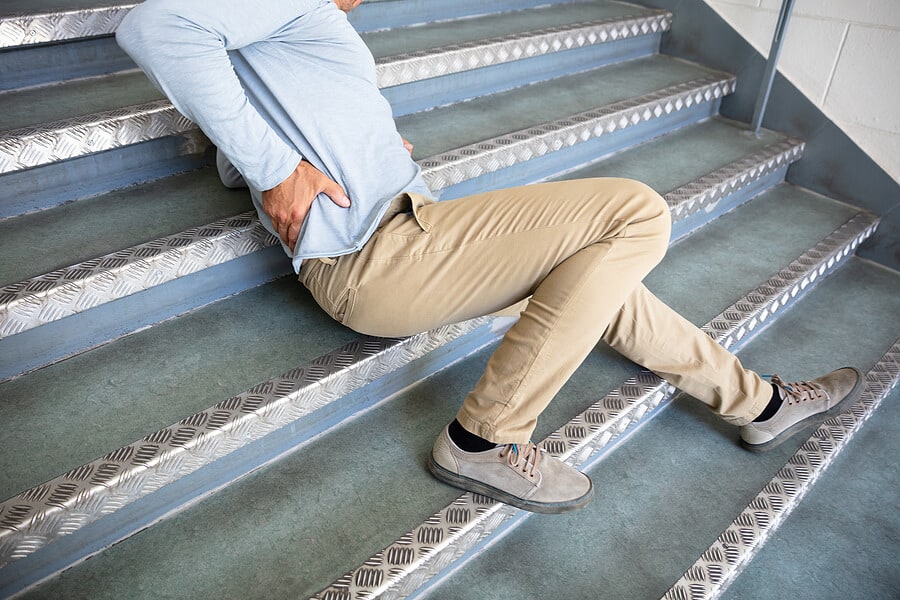- Understanding the Connection Between Tinnitus and Weather - May 17, 2025
- The Most Unexpected Reasons Hearing Aids Can Malfunction - May 9, 2025
- How OAE Testing Unveils Hidden Hearing Loss - April 15, 2025
As a leading audiologist, I am committed to the well-being and safety of my patients. In my many years of practice, I have witnessed the profound impact that hearing loss can have on an individual’s life. Beyond the well-known challenges of communication and social isolation, hearing loss also poses a significant risk to one’s physical safety. In this article, I will delve into the critical connection between hearing aids and fall prevention, exploring the latest advancements in hearing loss prevention, diagnosis, and management. I will emphasize the importance of early detection and the potential for futuristic interventions to improve the lives of those with hearing impairment.
The Hidden Danger of Hearing Loss
Hearing loss is often underestimated in terms of its impact on an individual’s overall health. Beyond the obvious auditory challenges, those with untreated hearing loss face a heightened risk of accidents and falls. A study published in JAMA Internal Medicine in 2012 found that older adults with hearing loss were significantly more likely to experience accidental injuries compared to their hearing counterparts. The risk of falls increases as hearing impairment worsens, making it a serious concern for the aging population.
To comprehend how hearing loss contributes to falls and accidents, it’s essential to understand the mechanism at play. Hearing plays a crucial role in our spatial awareness and balance. The auditory system is intrinsically connected to the vestibular system, which helps maintain our equilibrium. When hearing deteriorates, the brain struggles to process spatial information, resulting in reduced balance and an increased risk of stumbling or falling.
Early Detection
One of the most significant advancements in hearing loss prevention is the increased emphasis on early detection. Regular hearing screenings, particularly for older adults, can be a game-changer. Audiologists and healthcare professionals are now incorporating hearing assessments into routine check-ups to identify hearing loss in its early stages. These screenings are quick and non-invasive, making them accessible to a wide range of patients. The earlier hearing loss is detected, the more effective interventions can be, including the timely provision of hearing aids.
Hearing Aids: A Lifesaver
Hearing aids have come a long way in recent years. Technological advancements have made them more efficient, discreet, and user-friendly. However, their role in fall prevention is what truly sets them apart as life saving devices.
Improved Spatial Awareness:
Modern hearing aids are equipped with sophisticated spatial processing capabilities. They can help individuals regain a better sense of their surroundings, significantly reducing the risk of tripping or stumbling.
Auditory Alerts:
Some hearing aids are now equipped with sensors and connectivity features that can detect sudden loud sounds or alarms, such as a car horn or a smoke detector. These hearing aids can amplify such alerts directly into the wearer’s ear, ensuring they don’t miss critical auditory cues.
Balance Enhancement:
Cutting-edge research is exploring the integration of hearing aids with balance-enhancing technology. By providing real-time feedback on posture and movement, these futuristic hearing aids may prove invaluable in preventing falls among older adults.
Futuristic Interventions
Looking ahead, the field of audiology holds exciting possibilities for preventing falls and accidents among individuals with hearing loss.
Artificial Intelligence (AI):
AI-driven hearing aids have the potential to revolutionize fall prevention. These devices can continuously monitor a wearer’s auditory and balance data, alerting them to potential risks and even providing personalized exercises or recommendations to improve balance.
Cochlear Implants:
For those with severe to profound hearing loss, cochlear implants have been transformative. Ongoing research is exploring ways to integrate balance sensors into these devices, further enhancing their fall prevention capabilities.
Telehealth and Remote Monitoring:
Telehealth services have gained traction in recent years, making it easier for audiologists to remotely monitor their patients’ hearing aids and offer timely adjustments. This convenience can ensure that hearing aids remain optimally configured to prevent accidents.
Hearing loss is not merely an inconvenience; it can be a silent threat to one’s safety and well-being. The connection between hearing impairment and falls or accidents is well-documented, emphasizing the importance of early detection and intervention. Today’s hearing aids are more than just auditory devices; they are essential tools in fall prevention.
As an audiologist, my mission is to ensure that my patients not only hear better but also live safer lives. By staying informed about the latest advancements in hearing loss prevention, diagnosis, and management, we can work together to reduce the risk of accidents and falls among those with hearing impairment.
In the years to come, we can look forward to even more innovative interventions that will further enhance the safety and quality of life for individuals with hearing loss. By staying proactive about hearing health and seeking timely help, we can all take significant steps towards a safer, more fulfilling future.

